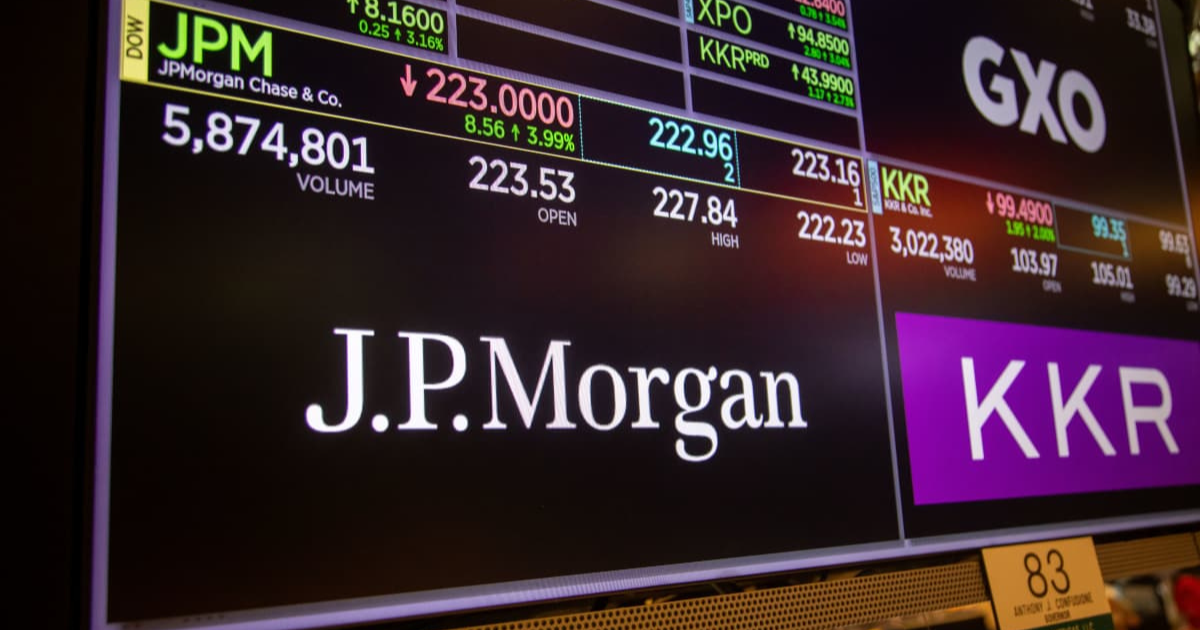Well-known financial institutions are starting to join the world of crypto launches. Representatives from JPMorgan, Bank of America and Wells Fargo are working on a single stablecoin.
Bank-owned organizations such as Early Warning Services and the Clearing House are part of these discussions. For stablecoins to progress, suitable regulations and a lively market need to exist.
Key-Takeaways:
- JPMorgan, Bank of America and some others are investigating launching a joint stablecoin to remain current as cryptocurrencies become more popular.
- Banks are already moving into the area, thanks to well-crafted legislation and expectations of a $3.7T steady market by 2030.
How Companies Address Cryptocurrency Competitors
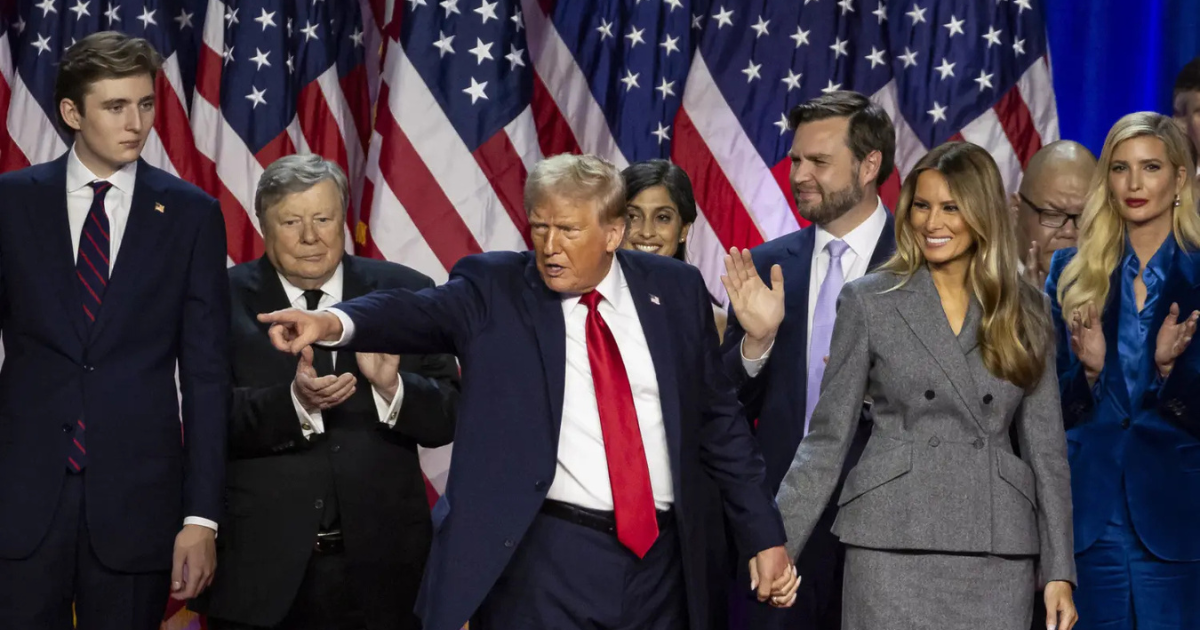
Concerns that stablecoins could face challenges under a Trump administration are what has led to many new Crypto Launches. They fear that new technologies might affect their usual deposit and transaction flows.
They also believe that tech and retail giants are a growing threat as they start issuing their own stablecoins. In order to compete, big institutions are now taking a proactive approach to digital assets.
In late February, the CEO of Bank of America reportedly hinted that Crypto services were being discussed. Many banks are interested in Crypto Launches as the Wall Street Journal says it shows they are trying to stay up-to-date in the crypto sector after previous regulations suppressed their activities.
These Crypto Launches could easily lead the way between the worlds of conventional banking and cryptocurrency. Banks believe stablecoins will help speed up international transactions, while the crypto industry considers banking Crypto Launches a move towards becoming more legitimate, forming solutions within and outside the banking system.
The significance of Crypto Launches is visible over a range of time, not just in how they compete with other projects. Crypto companies hoping to get a bank charter suggest the meeting of traditional finance with digital assets.
Because of this, joint Crypto Launches are now more attractive for banks. It provides a means to adapt as the world of finance quickly changes.
Looking at the Regulations and the Effect of Laws
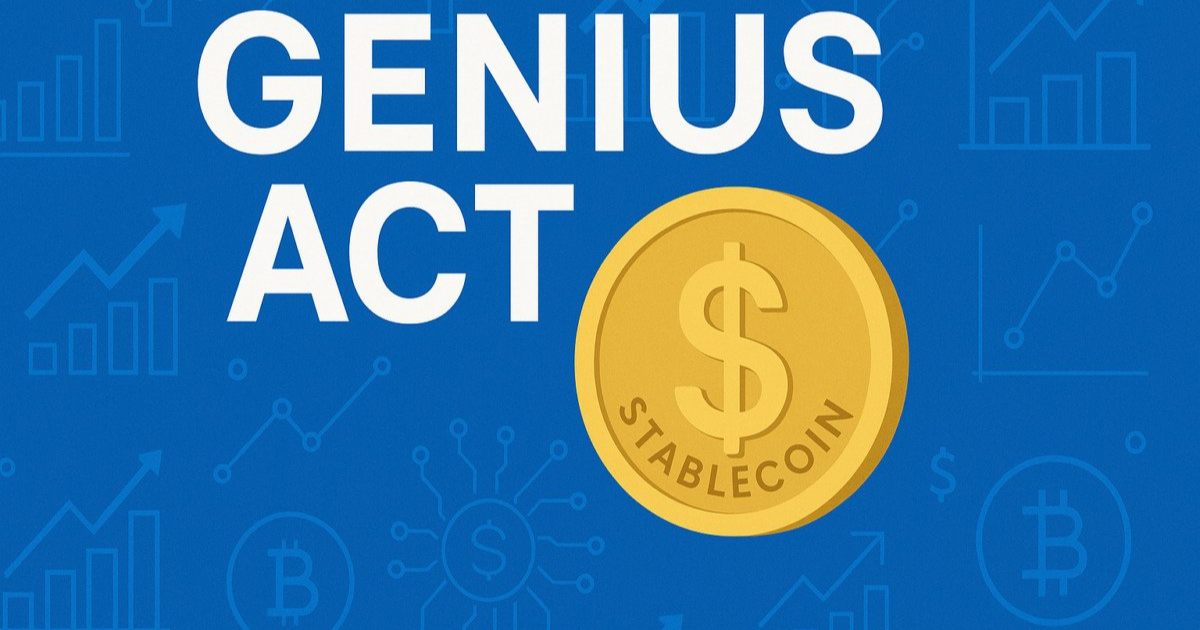
The progress of the GENIUS Act in the Senate is very important for Crypto Launches going forward. It introduces needed rules that banks can depend on.
Under the bill, non-financial firms would have rules limiting their issuance of stablecoins and be required to follow consumer safety standards and codes of ethics. With these steps, compliant launches might occur at a faster rate.
Ryan Sean Adams from Bankless believes that a successful passage of the GENIUS Act will cause many stablecoins to be issued as fintech companies, banks and social media platforms rush to release Crypto Launch programs.
Adams says many businesses already have the needed infrastructure in place and are awaiting regulatory authority to get their launches moving. According to Cynthia Lummis, a Wyoming Senator, stablecoins are already making their mark and show the need for strong regulation.
https://x.com/SenLummis/status/1925590298991755629
Her approval means there is growing support in politics for laws that allow banks to deal with digital assets and start stablecoin projects.
Developments in regulation have a clear effect on how competitive launches are. When regulations are clear, traditional banks will be able to compete with stablecoin issuers and still live up to the rules needed of regulated institutions.
Projections and the Potential for Market Development
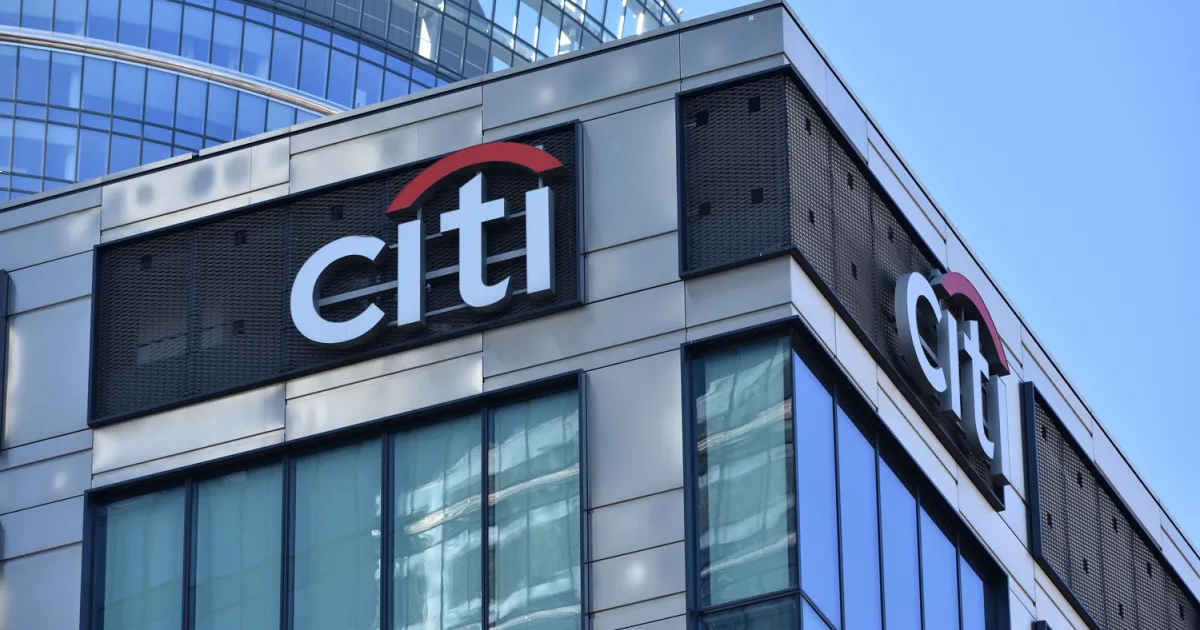
The market is showing great opportunities for banking interest in Crypto Launches. The U.S. Treasury predicts the stablecoin industry will reach $2 trillion by 2028, but Citigroup thinks it will reach $3.7 trillion by 2030.
This outlook makes it obvious that stablecoins will drive change and highlights the need for banks to adapt quickly in the digital asset market.
The positive growth prospects encourage banks to prefer working together on launches instead of doing it alone. By joining forces, the companies would pool their resources, abilities and split the expenses and rules linked to launching crypto.
The current market situation emphasizes the importance of these early Crypto Launches. Because the top stablecoin businesses have captured the vast majority of the market, it is now more important than ever for traditional banks to enter quickly by carrying out organized Crypto Launches that can keep up with their rivals.
If launched in the right way, Crypto Launches from major banking groups could take a large share of the financial market. Choosing the right moment for these launches could bring them multiple advantages and help them enter the market more effectively.
Banks seeking to launch in the US show a bigger shift taking place in the financial industry. More and more, traditional financial institutions consider digital assets valuable for the future instead of seeing them as threats.
As a result, it would set new standards for sending payments and doing business across borders, along with keeping digital assets safe. Having expertise in rules, risk control and customer service could set their launches apart from cryptocurrency-based stablecoin providers.
President Trump’s cryptocurrency, $TRUMP and World Liberty Financial’s planned stablecoin backed by the Trump family show that politicians accept and promote new developments in digital currency.
Conclusion
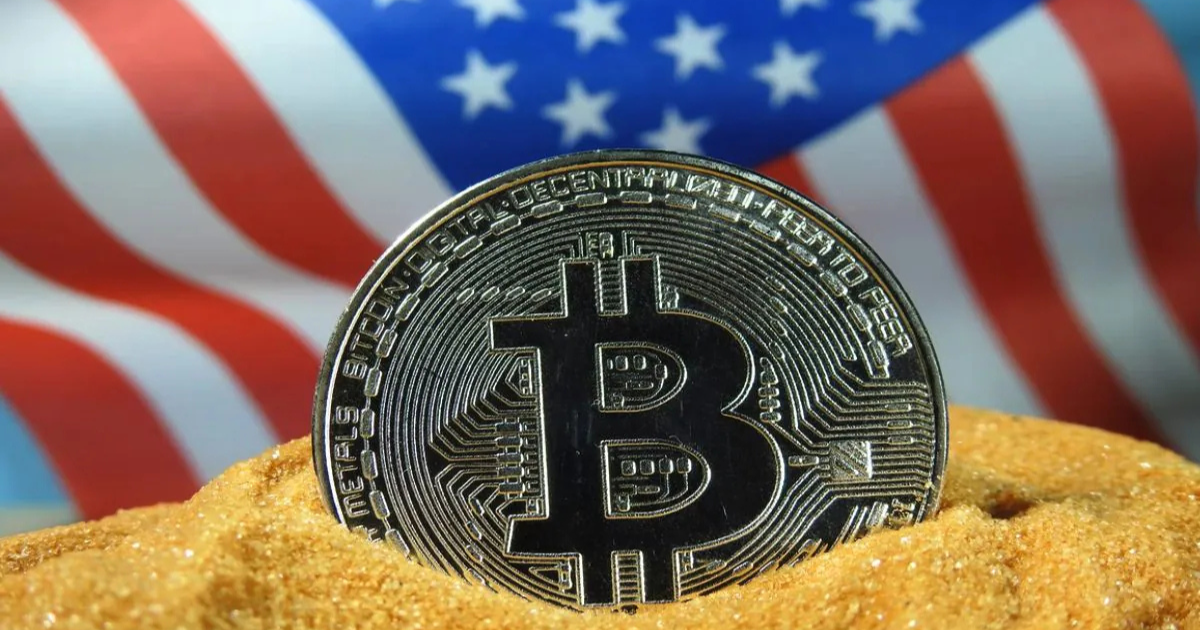
Major U.S. banks initiating crypto launches signals a shift in finance, as digital assets now are going head-to-head with traditional ones. Banks depend on appropriate regulations and timing and combine their abilities with advances in crypto for success.





